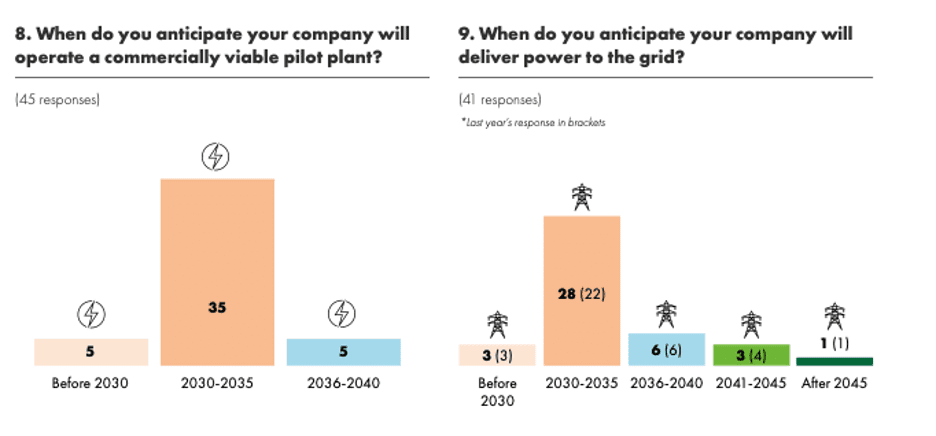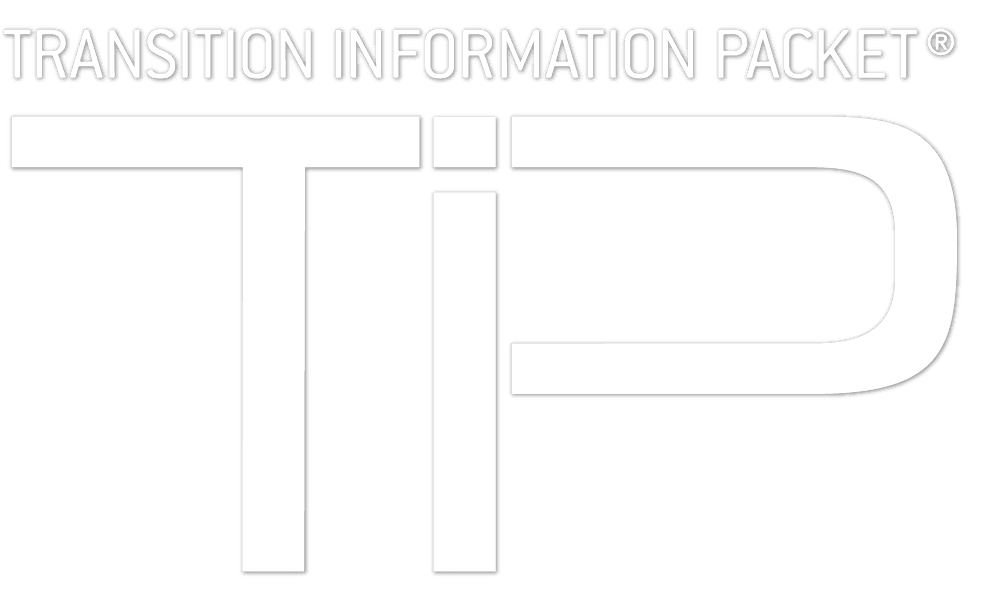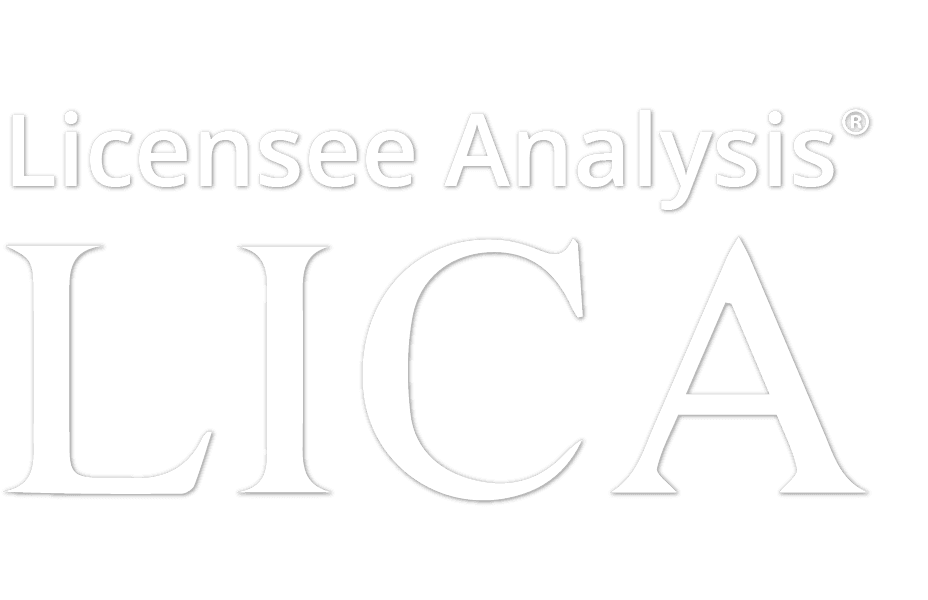The Innovate act: The problems with Phase 1A
By Jenny C. Servo, Ph.D.
The Department of Defense has developed numerous ways to modify the Small Business Innovation Research (SBIR) and Small Business Technology Transfer (STTR) programs to rapidly secure solutions for the warfighter. From Commercial Solutions Offerings (CSO) to $50,000 Phase I awards that make a company instantly eligible for a government Phase III, DoD has demonstrated its ability to use both traditional and nontraditional methods to secure technologies that it needs for the warfighter more rapidly.
However, it appears that some small businesses that have benefited from the application of DoD’s tool kit, often become proponents of applying these same methods to all agencies. For example, the Phase 1A concept in the INNOVATE Act bears a striking resemblance to DoD’s Commercial Solutions Offering (CSO). This is an optional approach used by DoD – not a mandated one – which enables companies with an existing commercial solution to make modifications to meet a DoD need.“CSO can be used to acquire innovative commercial items, technologies, or services that directly meet program requirements, whereas BAAs are restricted to basic and applied research.[1]”
The proposed Phase 1A is intended to speed upon the entry of new applicants into the SBIR/STTR programs, by asking them to submit a two-page proposal in response to an “open topic” for which they could receive a $40,000 award. The proposed guidelines for the Phase 1A application includes: (1) Identification of the Problem, (2) Description of the Solution, (3) Impact of the Solution, (4) Differentiation and (5) Commercialization Strategy including both the commercial and government markets. The requirement for an “Open Topic” and the proposed outline suggests that very little is known about how civilian agencies differ from the Department of Defense. Here are a few of the differences:
- Most of the SBIR/STTR topics from civilian agencies ARE focused on basic and applied research.
- Many civilian agencies already have developed their own methods to quickly enable potential applicants to discern if there is a fit between their skills and the agencies needs. The National Science Foundation uses the Project Pitch, the Department of Energy uses the Letter of Intent, and the National Institute of Health uses Aims.
- Civilian agencies already conduct outreach to bring in hundreds of new applicants each year and provide support in proposal preparation through federally funded Phase 0 programs. The Department of Energy has provided the DOE Phase 0 support for more than 10 years, as has the National Institutes of Health through its Applicant Assistance Program. These programs are comprehensive and cost effective.
- Most civilian agencies have funded I-Corps and make this available in various forms in order to assure that small businesses speak with their potential customers.
- Although Government Phase IIIs are theoretically available to all agencies, granting organizations tend not to use this mechanism as their mission is focused on “public good”, as opposed to being focused on a government mission.
The bottom line is that there is no need to substitute effective solutions that agencies have already developed with an approach that will overwhelm their staff and require more taxpayer money. Existing federal Phase 0 programs cost between $5,000 and $7,000 per company, as opposed to $40,000 as proposed by the INNOVATE ACT. It is important to note that the Department of Defense, which accounts for more than half of the available SBIR/STTR funding, has far more staff to manage and implement its programs than smaller agencies with less resources.

The INNOVATE ACT maintains that “Phase 1A funds will bring thousands of new small business concerns committed to commercialization of critical technologies into the SBIR program.” However, there are no data to substantiate this belief, even though the argument is being made that by placing a cap on the number of awards that frequent award winners receive, an increase in first time applicants winning SBIR/STTR awards will increase. However, the Annual SBIR/STTR Reports to Congress, provided by the Small Business Administration do not include any data regarding how many first-time applicants submit SBIR/STTR proposals, how many of these were non-responsive, merited award or received an award. Such data are necessary to substantiate this assumption.
It is therefore suggested that in bill S. 853 “Phase 1A be presented as an option, rather than a mandate and that all agencies be required to use not less than 2.5% of their SBIR budget for either Phase IA or other outreach initiatives aimed at bringing in qualified, first time SBIR/STTR applicants.” Existing Federal Phase 0 programs are funded with “outreach” dollars which would be eliminated by a mandated Phase 1A requirement.
[1] DAU, Commercial Solutions Opening (DFARS 212.70), accessed August 20, 2025
Jenny C. Servo, Ph.D. is the President and Founder of Dawnbreaker, a woman-owned small business located in Rochester, NY which has provided commercialization assistance to SBIR/STTR awardees since 1990.







